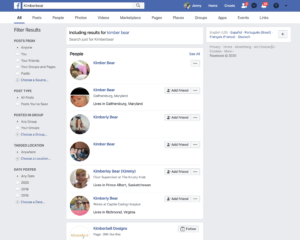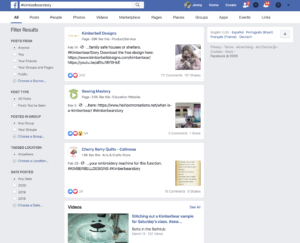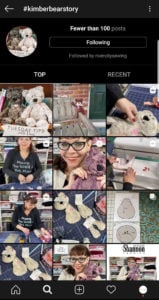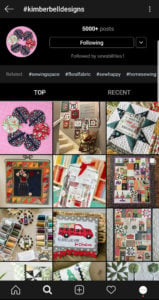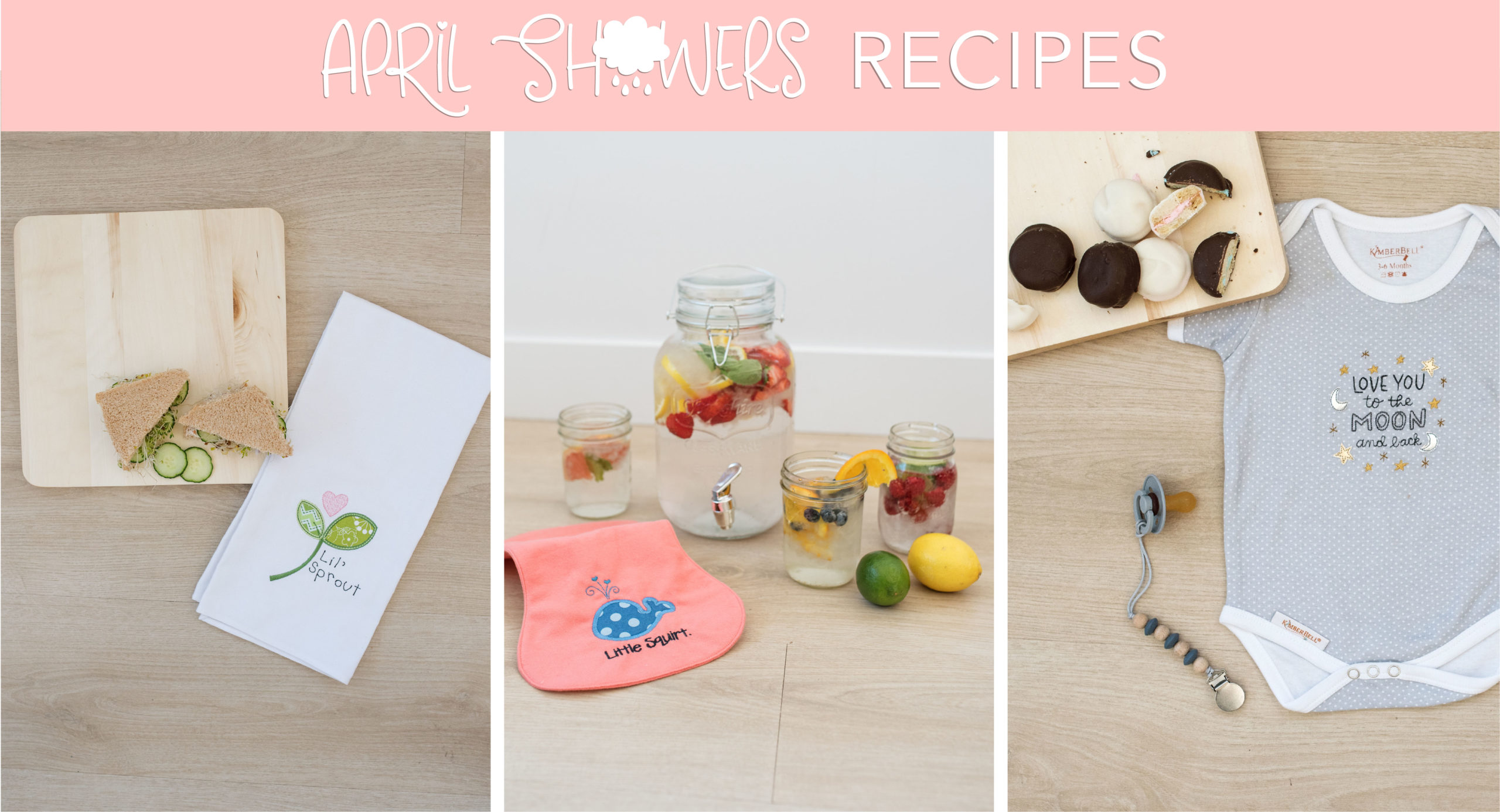The Power of a Hashtag
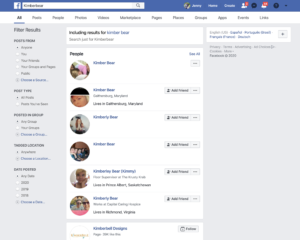
Like many of you, I was raised without the Internet, without social media, and without cell phones. Research papers were done with a typewriter and a World Book Encyclopedia. Social media consisted of paper notes, folded carefully with a clever “Pull here!” tab. When going out, I had a quarter in my pocket for the pay phone.
And this symbol # was called the “pound sign.”
Well, the “pound sign” is now called the “hashtag,” and everytime I turn around, there # is, followed by a string of words. But why? What is the purpose of this ever-present symbol? Well, a lot of people use a hashtag to tack additional (sometimes sassy) comments to their social media posts. For example:
Today's post is brought to you by the letter "K" (for kindergarten), the letter "M" (for Matthew), and the number "1" (for FIRST DAY)! Go get 'em, little scholar! #mybabyisontheslipperyslopeofgrowingupnow
Yes, that’s one of my own Facebook posts from a few years ago. And as fun as it was to write that, #mybabyisontheslipperyslopeofgrowingupnow is NOT an effective hashtag. No one is ever, ever (well, it’s highly unlikely) going to search for that specific phrase and follow it! (BTW, if you want a good laugh, go to YouTube and watch the Jimmy Fallon and Justin Timberlake sketch about hashtags. #soveryfunny #getreadytolaugh #howdotheydoit #thisisnotaneffectiveuseofahashtageither.)
So what is the purpose of a hashtag?
Simply put, a hashtag turns any word (or group of words) into a searchable link. Twitter, Facebook, Instagram, Pinterest, and other social media platforms all use hashtags to organize content and track discussion topics. Hashtags make it much easier to find posts and other information with specific content.
For example, we highly encourage you to use the hashtag #kimberbearstory to share your experiences with the Kimberbear. Doing so will dramatically increase awareness of the Kimberbear initiative and, therefore, lead to helping even more children in distress. Likewise, using the hashtag #togetherincreativity will make it easier for you to see ideas from other Kimberbell fans who are still experiencing the joy of creativity™ while being stuck at home during the Coronavirus pandemic. (We’re hoping to alleviate potential feelings of isolation through this hashtag!)
Will you do a little experiment with me? I went to my Facebook account and typed the word “Kimberbear” into my search field. Here’s what I got:
People with “Kim” or “Bear” in their name, followed by a few relevant posts (mostly from Kimberbell). But when I typed #kimberbearstory into the search:
I got multiple posts from businesses and individuals who were sharing their inspirational experiences with the Kimberbear! See the difference?
Hashtags are even more effective when used in Instagram, Twitter, and Pinterest. Through a hashtag, you can follow any number of subjects you’re interested in, gleaning inspiration, promoting ideas, getting the latest updates, and learning about specific topics. So a hashtag isn’t merely a searchable link; it’s a community-building tool that connects people with similar interests. Here’s another example, this time from Instagram:
When sharing photos and conversations about Kimberbell on social media, we encourage you to always tag your posts with #kimberbell to build our Kimberbell community. Also use #kimberbearstory to share your experiences with the Kimberbear and #togetherincreativity during the pandemic. (You can use multiple hashtags on the same post!)
Yep, the pound sign of the past has become a powerful symbol of the present and, most likely, a permanent part of our future. So whether you’re a shop wanting to promote your business or an embroidery enthusiast who simply wants to show a completed project, remember to use an effective hashtag!
#togetherincreativity
P.S. Thanks for “hashing” all of this out with me! #iliveforpuns #pleasedisregard #thesearenotgoodhashtagseither :)

